Liquid Laundry Bluing: The Ultimate Guide
Here's the ultimate guide to liquid laundry bluing, explaining what it is, what it does, and how you can use it, to make your whites look whiter.
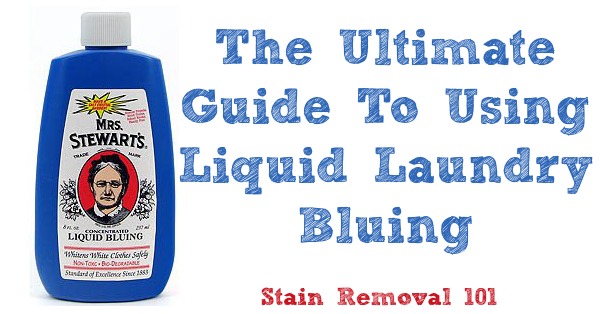
I am often asked about graying and yellowing whites, and what can be done about them.
While there are lots of potential causes of graying or yellowing clothing, some of it is just a sign of normal age and wear and tear.
One way you can combat this problem, that has been used for hundreds, and some would say thousands of years, is to add a product called "laundry bluing" to your white's wash water.
What Is Bluing?
I've already mentioned briefly that the purpose of this laundry product is to combat the look of graying or yellowing in white fabrics. This purpose is important in understand what this product is, and how it works.
Laundry bluing, typically found in concentrated liquid form, contains a blue pigment or dye. This dye does not stain the fabric a dark blue, as you might imagine, but instead it acts as a subtle tint to the fabric.
This tint has the effect of making the white fabric appear whiter, to the eye.
Basically, this very slight tint acts as an optical illusion, making your brain think the whites look whiter, since you are less likely to see the yellowing that is still there, but somewhat hidden by the effects of the bluing.
Is It Still Necessary In This Day And Age To Use Liquid Bluing For Your Whites?
Chances are you've not used bluing ever, or if you've ever done so, not in quite a long time.
The reasons for this are several. First, the product is, to a certain extent, obsolete nowadays, because many detergents contain optical brighteners, which help combat the yellowing of whites and make "whites look whiter," just in a slightly different way.
In addition, chlorine bleach also can remove the dinginess from whites, and many people rely on it these days for that purpose. (Although bluing is much less tough on fabrics that household bleach.)
Finally, to the extent that this product is still in use, it is often already found in oxygen or color-safe bleaches (it is often the little blue crystals you see in these powder products, or part of the blue dye in the liquid versions).
Therefore, you may have already been using bluing on your clothes, and just not known it.
How To Use Liquid Laundry Bluing Properly
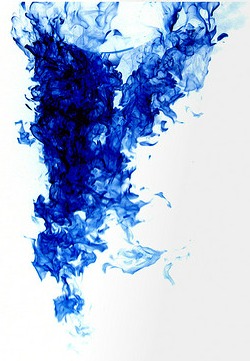
If you decide you want to use this type of product on your laundry make sure you follow the instructions on the packaging thoroughly, since if used wrong you may end up with blue spots and streaks on your whites.
First, the product normally comes in a concentrated liquid form (although there are some powdered versions also available), so make sure you dilute it properly with water before adding it to your machine. A very little bit goes a LONG way!
If you begin bluing on a regular basis I would suggest designating a plastic container just for use in mixing the product. Make sure you get a container that holds about a quart or more of water and mix it up thoroughly before pouring the entire quart of water into the machine.
You should add the laundry bluing to your wash water at the same time you add your detergent, and before you add any clothing to the washing machine.
Allow enough water to fill the machine to even more thorougly dilute the liquid bluing before you add even one article of clothing.
Also, please note that HE machines use significantly less water to clean clothing than standard machines, so make sure you follow package directions for HE machines so you don't add too much of this product, and streak everything blue in the process.
Many years ago it was common to add the laundry bluing during the final rinse cycle. You can still do this if you want, but the clothing is already in the machine by that time. That means, if you've not properly diluted the mixture, you are more likely to get streaking and spots when you add it at this later time. Therefore, I think it's easier to add it earlier, as suggested above.
Finally, if you want to add blue color back to faded blue jeans, add more bluing to give a brighter color than normally used for the optical illusion tint it provides to most whites.
What To Do If You've Got Blue Streaks Or Spots On Your Laundry From Liquid Bluing
Whether you use bluing, or a laundry supply which contains it, it is possible to get blue streaks and spots on your clothing because of it.
If this happens, don't panic -- this dye is designed to wash out slowly so you should be able to remove it, although the more concentrated the dye was when it touched the fabric the more work it may be to remove.
First and foremost, don't try to bleach it away with chlorine bleach, since bleach sets the bluing more permanently.
Instead, the instructions provided by the most popular brand of laundry bluing, Mrs. Stewart's, suggests the following treatment:
Ingredients:
- 1 quart cold water
- 1/2 cup household ammonia
Directions:
Combine the water and ammonia into a container so you can presoak the stained fabric. Immerse the fabric in the presoaking solution for 24 hours. (Cover the top of the container so the ammonia does not evaporate away during that time period.) Then, wash the fabric with detergent only, which should generally remove the stain.
However, the darker and more concentrated the blue spots and stains the more treatment and longer soaking may be required. You may also want to increase the concentration of ammonia used.
If, when you're mixing the product some spills or drips in its fully concentrated form, it can be really difficult to remove from clothing and hard surfaces. You can try using undiluted household ammonia for cleaning it up, but act as quickly as possible.
The takeaway message from these instructions is that, just like when handling undiluted bleach, be very careful when mixing this product since drips and spills are very difficult to clean up and cure.
You may also want to wear an apron and gloves, and cover the area you're using to mix the bluing solution up so any drips won't be as big of a disaster.
Popular Brands Of Laundry Bluing
There are not as many brands of this product available as there used to be, since its use has somewhat fallen out of fashion.
The two most common brands I know of include Mrs. Stewart's (click the link to read a review), and Bluette, and the only one I've ever noticed in stores is Mrs. Stewart's (found in obscure high or low shelves of some laundry aisles).
Have you ever used laundry bluing on your whites? If so, I'd love to hear your experience with it, and whether you felt like it helped with your laundry process (or not).
Share Your Bluing Review Here
What type of powder or liquid bluing brand do you use for your laundry? How do you like it, has it worked well for you, and do you have any other uses for it around your home?
Here are some helpful hints to make sure your review is as useful as possible:
Tell me which exact brand and type of product you are reviewing, and any other important identifying characteristics of it.
Further, helpful information would include how it worked for yellowing or graying whites, how it smelled, how it effected wear and tear of the fabric, or any allergies or skin reactions you or a family member experienced, etc., depending on applicability.
Any other details relevant to your opinions of the product are all appreciated.
Submitted Liquid Bluing Reviews
Click the links below to see other reviews that have already been submitted.
Feel free to comment on any of these submissions to tell your own experience with this product, or about any other thoughts you have.
Mrs. Stewart's Bluing Review: Used This Liquid In My Laundry For Years
Corwin shared her Mrs. Stewart's bluing review with me. Corwin says: I have used this bluing for about 8 or 9 years on my whites in the final rinse. …
Second photo courtesy of yandle
Thanks For Visiting My Website: Grab Your Free Gift!

Hi, I'm Taylor, a busy mom with 3 kids, so I have lots of hands on experience with house cleaning, laundry and my fair share of spots, spills and other messy catastrophes. Thanks for visiting my site.
I update the website all the time with tips, tutorials, cleaning recipes, reviews of products from readers like you, and tests I've done on various cleaners, removers and laundry supplies.
I'd love to give you a gift! When you subscribe to my free weekly newsletter you will receive a free printable laundry stain removal chart that you can reference as needed.
I hope you enjoy this gift, and stop by again soon!
Related Pages You May Enjoy
Laundry Products Reviews & Information
Stain Remover Reviews & Ratings
Go From Liquid Laundry Bluing: A Comprehensive Guide To Home Page
CAUTION: This website is provided for informational purposes only. It is provided as is, without warranties or guarantees. Some stains and messes just won't come out, and are permanent. Further, some cleaning methods can harm your item, so if what you want to clean or launder is sentimental or expensive call a professional. See disclaimer of liability for more information.
Popular Laundry Products Pages
Let's Stay Connected!
Get Free Email Updates
(and get a FREE printable)
Related Pages
 Earth Friendly Laundry Products
Earth Friendly Laundry Products
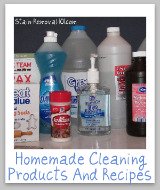 Homemade Laundry Products Recipes
Homemade Laundry Products Recipes
 Visit Household Management 101
Visit Household Management 101
 Visit Home Storage Solutions 101
Visit Home Storage Solutions 101
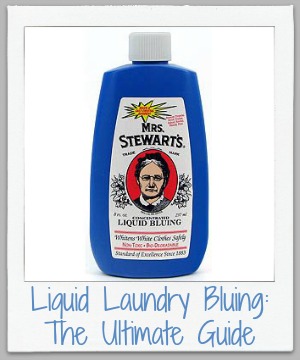

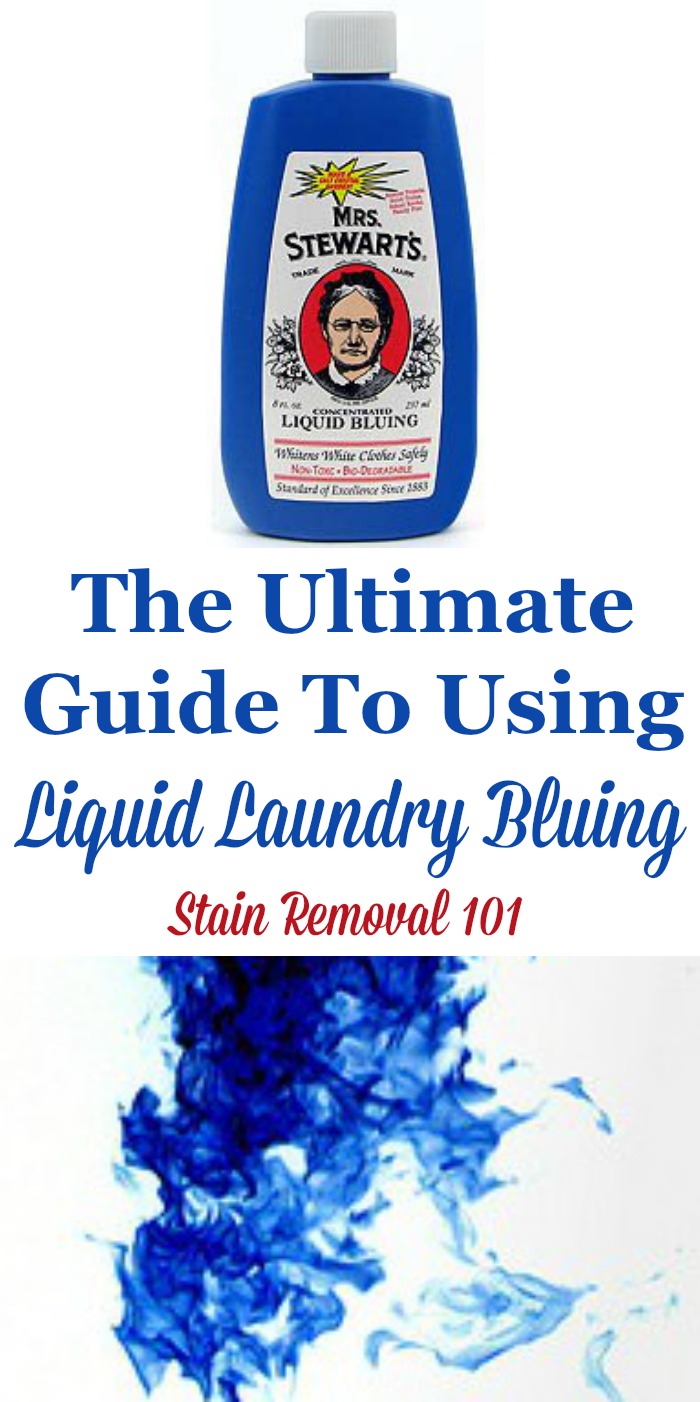
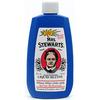
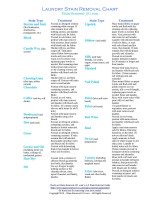




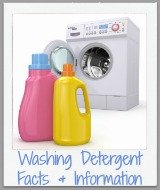
Share Your Comments, Tips & Ideas